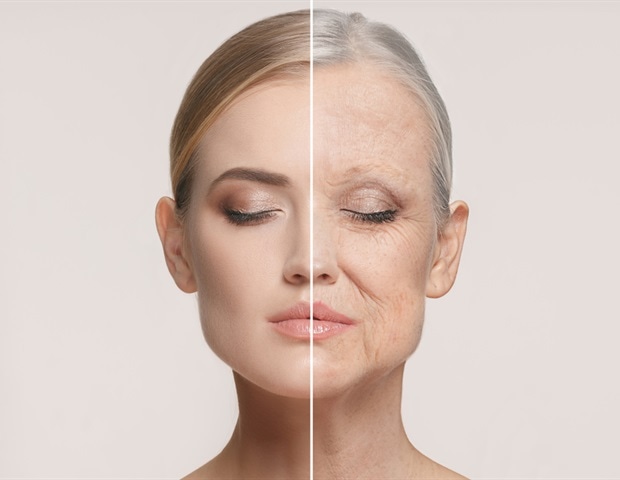According to the World Health Organization (WHO), eating disorders can lead to severe health complications and even death if untreated. The most common types include anorexia nervosa, bulimia nervosa, and binge-eating disorder. What are eating disorders? Eating disorders are mental and behavioral conditions involving persistent disturbances in eating behavior, often stemming from an obsession with food, body weight, or shape.
The six main types of eating disorder s include anorexia nervosa, bulimia nervosa, binge eating disorder (BED), pica, rumination disorder, and avoidant/restrictive food intake disorder (ARFID). These are complex mental health conditions that can have severe physical and emotional consequences. Anorexia nervosa, for instance, involves restrictive eating, an intense fear of gaining weight, and a distorted body image.

This condition has two subtypes: the restricting type and the binge eating/purging type. Bulimia nervosa is characterised by recurring episodes of binge eating followed by purging behaviors, such as vomiting, laxative use, or excessive exercise. These behaviors can lead to side effects like an inflamed throat, swollen salivary glands, and tooth decay.
Binge eating disorder (BED) involves consuming large amounts of food rapidly and secretly, often accompanied by feelings of distress and guilt. In contrast, pica involves eating non-food substances, which can result in poisoning, infections, and nutritional deficiencies. Rumination disorder is marked by regurgitating food, re-chewing, and re-swallowing or spitting it out, potentially leading to weight loss and severe malnutrition.
Avoidant/restrictive food intake disorder (ARFID) is characterised by a lack of interest in eating or a distaste for certain foods, resulting in restrictive eating habits and potential nutritional deficiencies. Other eating disorders include purging disorder, night eating syndrome, and other specified feeding or eating disorder (OSFED), an umbrella term for conditions that exhibit symptoms similar to those of eating disorders but don’t fit into the above categories. An example is orthorexia, which involves an obsessive focus on healthy eating that disrupts daily life.
These conditions can have serious physical and emotional consequences, including malnutrition, weight loss, digestive problems, and an increased risk of chronic diseases like heart disease, stroke, and type 2 diabetes. How does it occur? According to WHO, eating disorders have long been associated with sociocultural factors. The drive for thinness is not a universal ideal, and in many non-Western cultures, plumpness is considered attractive and linked to fertility and caring.
In contrast, Western societies often equate thinness with beauty and attractiveness, perpetuated by media and peer pressure. WHO higlights the need for monitoring these causes and occurrences of eating disorders to tracks their signs, prevalence and impact. For instance, anorexia nervosa is typically characterised by a body weight that is at least 15% below the expected level, self-induced weight loss, a distorted perception of body image, and associated endocrine disorders.
On the other hand, bulimia nervosa involves a persistent preoccupation with food, behaviors aimed at counteracting the perceived fattening effects of food (such as vomiting or excessive exercise), and an intense, morbid fear of gaining weight. In some cases, individuals may experience atypical forms of these eating disorders, where one or more of the typical features are absent. Despite the absence of some criteria, these atypical forms still reflect significant disturbances in eating behaviors and body image, and can be diagnosed accordingly.
Less specific eating disorders include overeating associated with psychological distress and vomiting linked to other psychological disturbances, such as hyperemesis gravidarum, a severe form of nausea and vomiting during pregnancy, more intense than typical “morning sickness,” potentially leading to dehydration, weight loss, and requiring hospitalisation and medical treatment. Therefore, eating disorders often reveal a complex interplay between eating behaviors and psychological factors, highlighting the intricate relationship between food, emotions, and mental well-being. What are the signs and symptoms? Signs vary depending on the type of disorder.
Someone with anorexia nervosa may exhibit extreme weight loss, restricted eating, intense fear of gaining weight, and a distorted body image. Bulimia nervosa often involves secretive binge eating followed by purging, frequent bathroom visits after meals, and damaged teeth due to vomiting. Binge-eating disorder typically shows up as eating large amounts of food in a short time, eating even when full, and feeling out of control or ashamed afterward.
Physical signs may include weight fluctuations, digestive issues, fatigue, and menstrual irregularities. Emotional symptoms can include anxiety around food, depression, or social withdrawal. Who is at risk? Research indicates that anyone can be at risk for developing an eating disorder, especially those with unhealthy eating habits or who are underweight or overweight.
This susceptibility is particularly concerning among young people, with adolescents and young adults being at a higher risk. Notably, females are disproportionately affected. Several factors contribute to this vulnerability, including psychological elements such as low self-esteem, perfectionism, and body dissatisfaction.
Societal pressures that idealise thinness or specific body types also play a significant role. Additionally, individuals with a family history of eating disorders or mental health issues, those who have experienced bullying or trauma, and those engaging in chronic dieting behaviors are also at increased risk. What are the treatment options? Effective treatment for eating disorders often involves a multi-faceted approach.
This can include psychotherapy, such as Cognitive Behavioral Therapy (CBT), which helps individuals recognize and alter detrimental thought patterns. Nutritional counselling also plays a crucial role, educating individuals on healthy eating habits and aiding in the restoration of balanced diets. Medical monitoring is vital, particularly in severe cases, to address physical complications such as malnutrition or electrolyte imbalances.
In some instances, medications may be prescribed to treat underlying issues like depression or anxiety. Early diagnosis and intervention significantly improve the chances of recovery. It’s essential to recognise that eating disorders are serious mental health conditions, not lifestyle choices, requiring timely support and medical care.
If you or someone you know is exhibiting symptoms, consulting a healthcare professional is a crucial first step towards recovery. Published - April 10, 2025 04:34 pm IST Copy link Email Facebook Twitter Telegram LinkedIn WhatsApp Reddit health / eating disorder / mental illness.
Health

All you need to know about : Eating disorders

Eating disorders are mental health conditions characterised by unhealthy eating patterns that can have severe physical and emotional consequences, ranging from excessive eating to restrictive eating habits















